I have a lot of favorite fashions from the past. Big hats, also known as the Merry Widow Hat, are one of them. I think I just get such a kick out of how extreme the fashions of the Victorian and Edwardian eras were. Many women were looking for as many ways to stand out as they could, and there was hardly a piece of clothing that didn’t go through a larger-than-life phase.
On one hand, an enormous hat would go far in shielding the delicate skin of the face from the sun. I often wear a baseball cap when exercising outside, and you know what? It leaves a bit to be desired, and I almost always have to wear sunglasses with it (add in a facemask and things just get awkward). I also think that a large hat gives one the opportunity to be quite coy when the urge hits, similar to what we saw with the trend of flirting with a hand fan. Let’s take a look at why women loved the large hats so much, and the various commotion they caused.
Big hats come on the scene
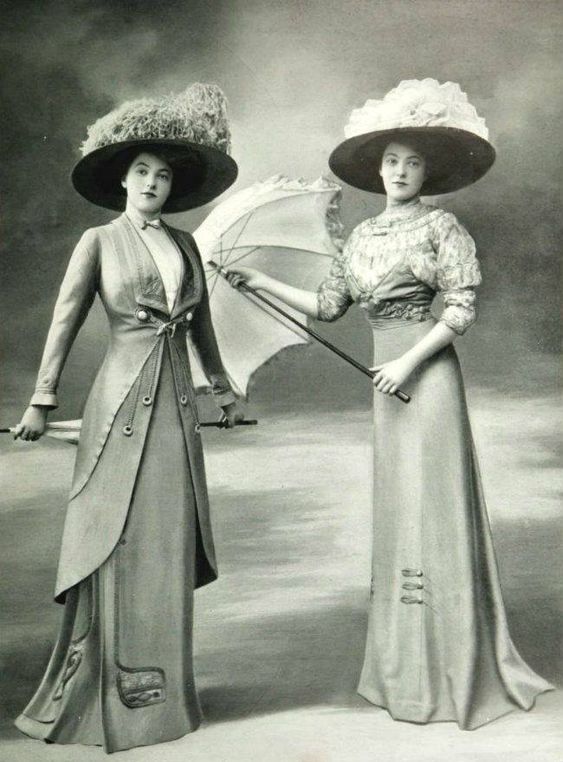
And large they were. At the height of popularity, the over-the-top hats women so enjoyed in the late 19th and early 20th centuries could have reached 19 to even 22 inches in width. But if you look at the styles that came before and after, the trend was no so much to be outrageous as to simply have the top of the head covered. Bonnets and sporting-style hats were popular through the middle of the 1800s, both a bit of an afterthought to the rest of a woman’s outfit. Soon to enjoy a short trend, however, was the flowerpot hat, named for obvious reasons. This may have given women a taste of weight on top of the head, and the height was soon replaced with width.
The early 1900s also brought with it the S-silhouette that I touched on in the post on Edwardian women’s fashion. The look called for curves in very specific places, and the large brimmed hat quickly became a part of the style.
Another reason women may have preferred large hats was that imported trimmings and animal products were as enormously popular as the hats themselves. A hat with a lot of real-estate could show-off a lot of French lace and chiffon, for instance.
And show off they did! Enormous bustles and hoop skirts gave way to enormous hats and designers and women alike got very creative about proving just how fashionable they could be!
Who is the Merry Widow?
The term “Merry Widow” does not simply refer to a woman who is happily widowed and therefore wearing a stylish hat. In fact, it refers to an opera in which one of the lead characters wore large hats. The opera, The Merry Widow, was highly successful on Broadway and beyond. Its lead actress, Lily Elsie, was well known and a bit of a trendsetter, so although very large hats had already come onto the scene by the opera’s debut in 1907, they picked up in popularity and became associated with the show.
It is an interesting turn of events. I have viewed many images from the original production of the play and it doesn’t seem that Elsie was wearing a large hat for all that much of the show. But it was enough to do the trick.
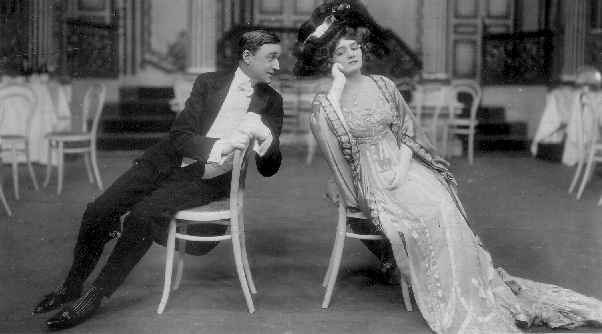
Women become afflicted with the Merry Widow Hat Disease!
As with some previous fashions of size, there were a lot of men who were not terribly thrilled about the so-called Merry Widow Hat. The press soon took to mercilessly mocking females for their hat of choice, with one exasperated journalist taking to his typewriter to lament about the disease of the hat that so many women had been stricken with:
“Los Angeles, our fair, beautiful, City of the Angels, is in the throes of a new, a strange, and a dreadful disease, a disease that baffled the boasted skill of practitioners of both the old and the new schools of medicine, that can be reached neither by the manipulations of the osteopaths no by the mental processes of the followers of the New Thought.”
“The scourge has crept upon us from the east, and we are helpless to prevent nor to cure. Among the symptoms are a high temperature, a shifting glance that shows a tendency to wander toward windows of millinery shops and which causes the patient to murmer wildly and incoherently of flower gardens, luncheons, and spring frocks. After time the patient develops a mania for strange and outrageous headgear, and insists upon wearing greats disks in the place of hats and pilling theron a mixture of all the flowers that ever grew in garden and in field.”
My – this journalist certainly seems to have an ax to grind, doesn’t he?
And to highlight the quick association that The Merry Widow took on with the hat, do take a look at who this writer intended to blame:
“So Frank Lehar’s merry opera must be given the blame for the germination of this microbe, as the disease is said to have originated in the brain of a young man who had whistled the “Merry Widow” waltz for twenty-four consecutive hours. The whistler and his waltz came to an end–his friends attended to that–but there is no end to the “Merry Widow” hat. No, stupid, of course not. You know that there is no end to a hat brim.”
My goodness!
Besides this report of the Merry Widow disease, the press enjoyed a bit of fun at the expense of those females who enjoyed the hat.
Thank you to the wonderful Jonathan Walford’s Blog for the news clippings and info.
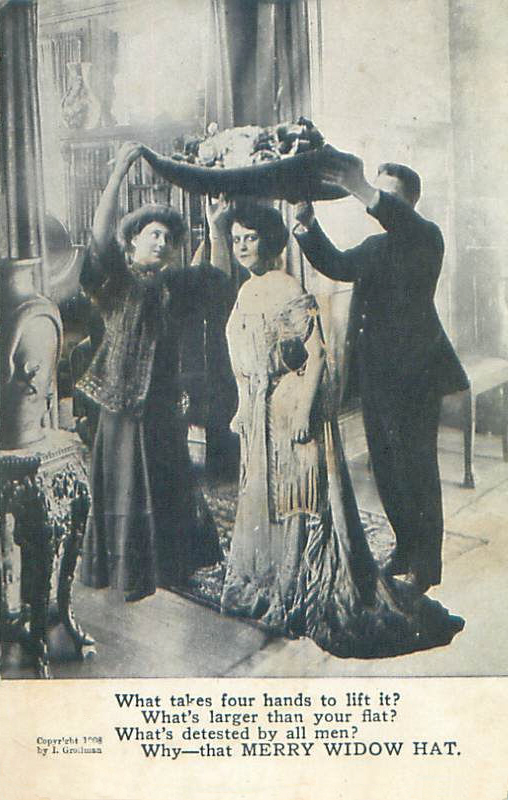
Why the short stay?
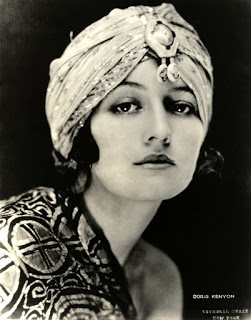
While the Victorian and early Edwardian era saw women using hairpieces and wearing their hair stacked on top of their head, and 1910s and 1920s brought a trend of simple, sleek, and short hairstyles. This is wonderfully depicted in the transformation of Lady Mary’s hair in Downton Abbey. Naturally, hats moved closer to the head. Clothing and accessories continued to become more simple and understated and hats simply followed suit. In fact, if you take a look at the next big hat trend that would follow, the lingerie hat, you can see how quickly (and drastically) the Merry Widow went out of fashion.
If you were to create a scene on a Merry Widow Hat how would you design it?

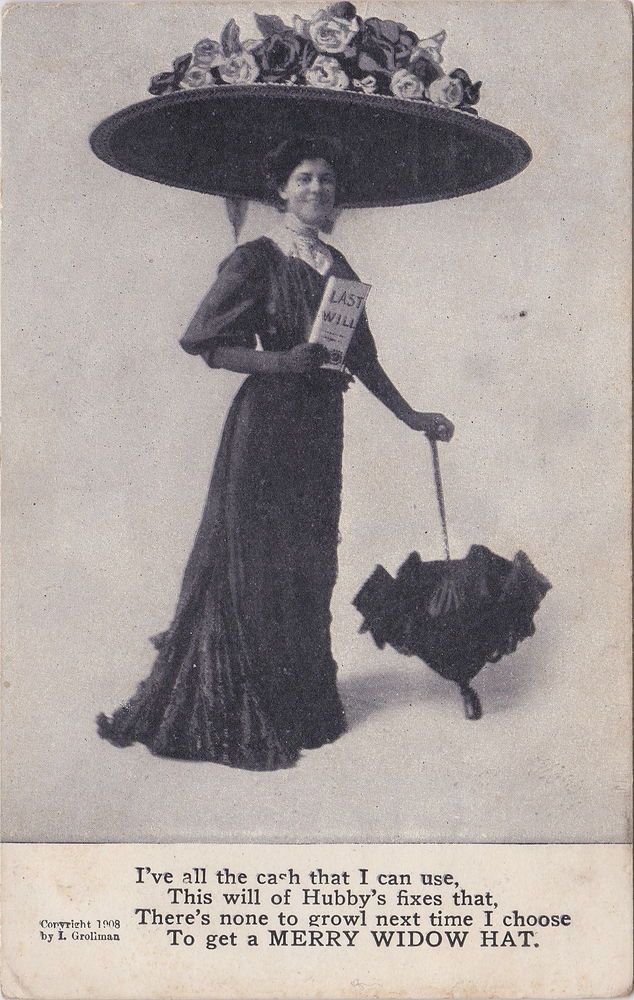





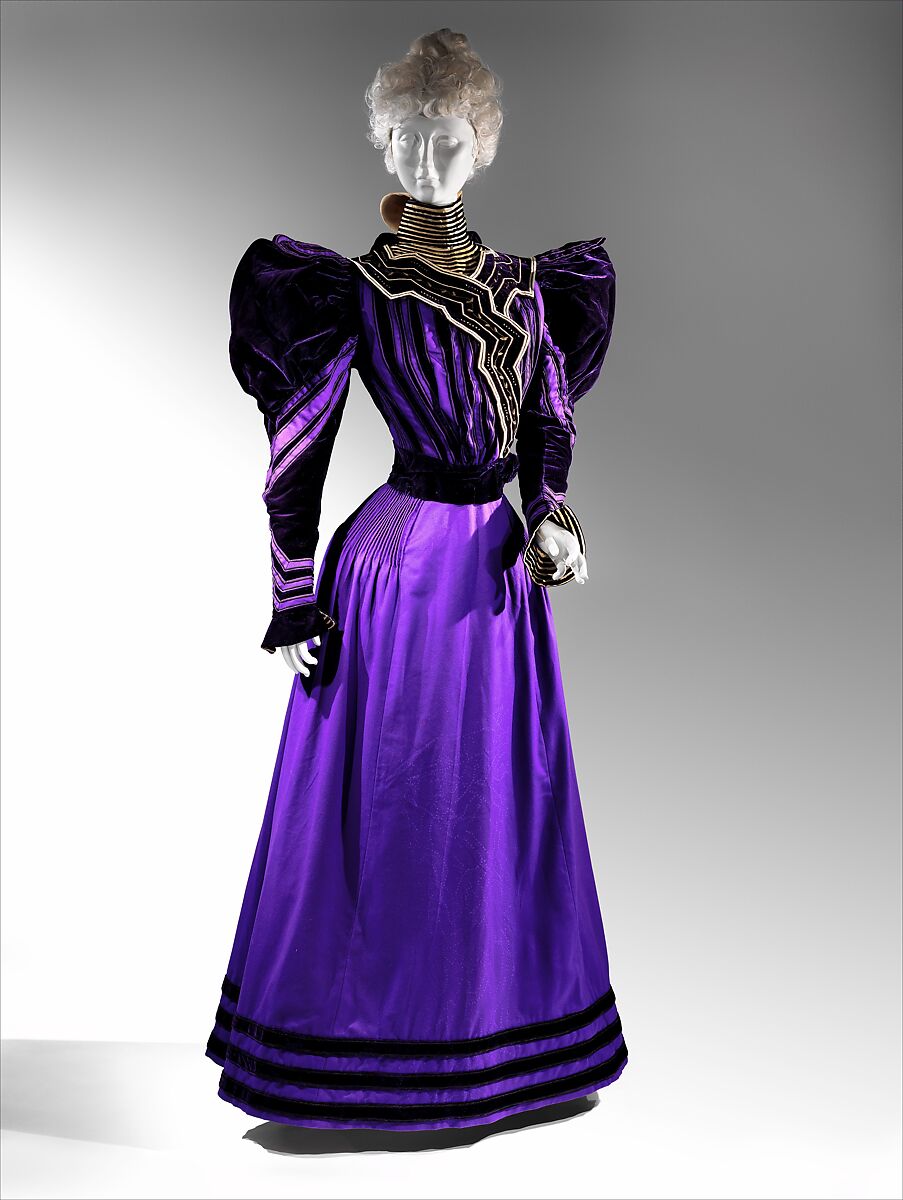

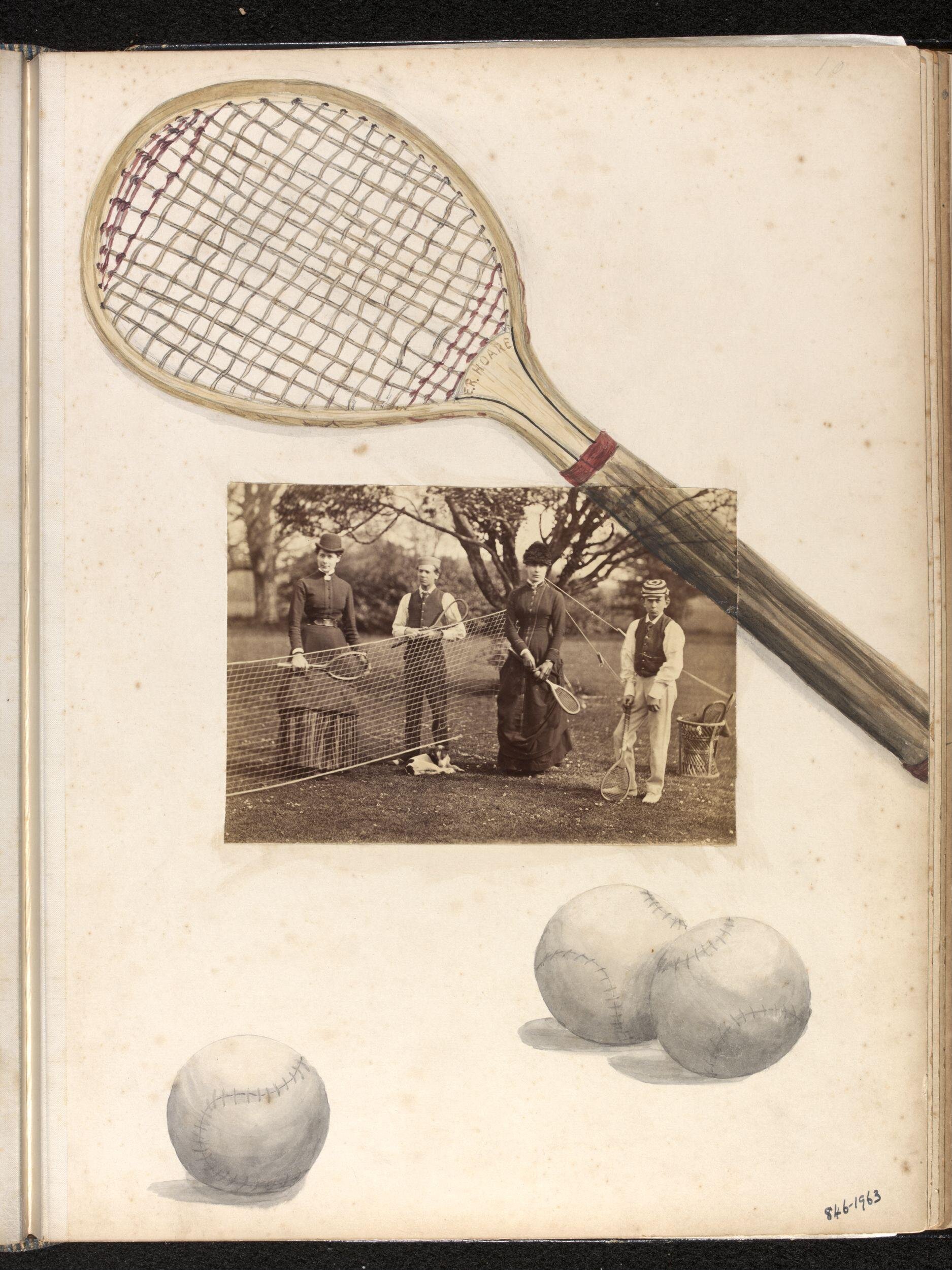
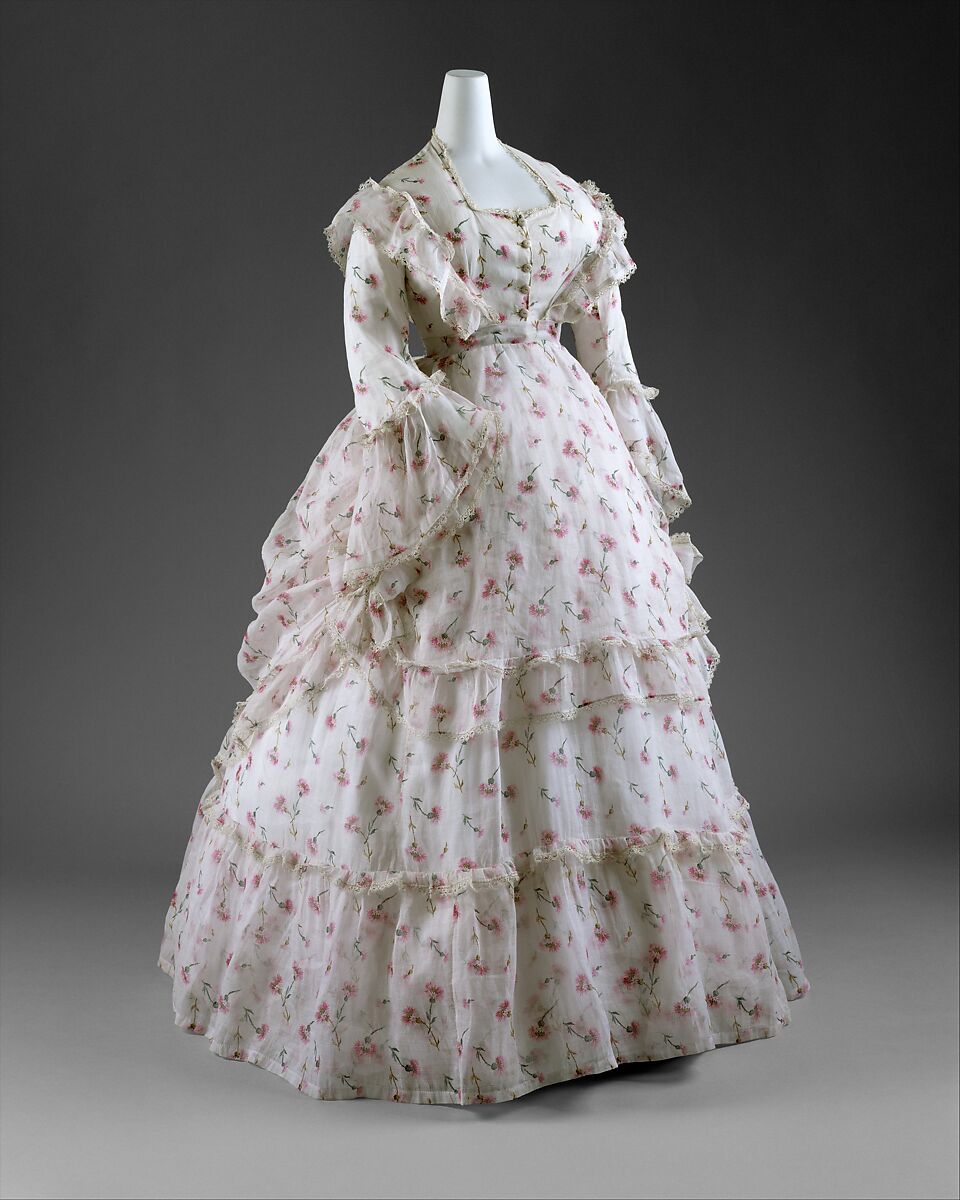
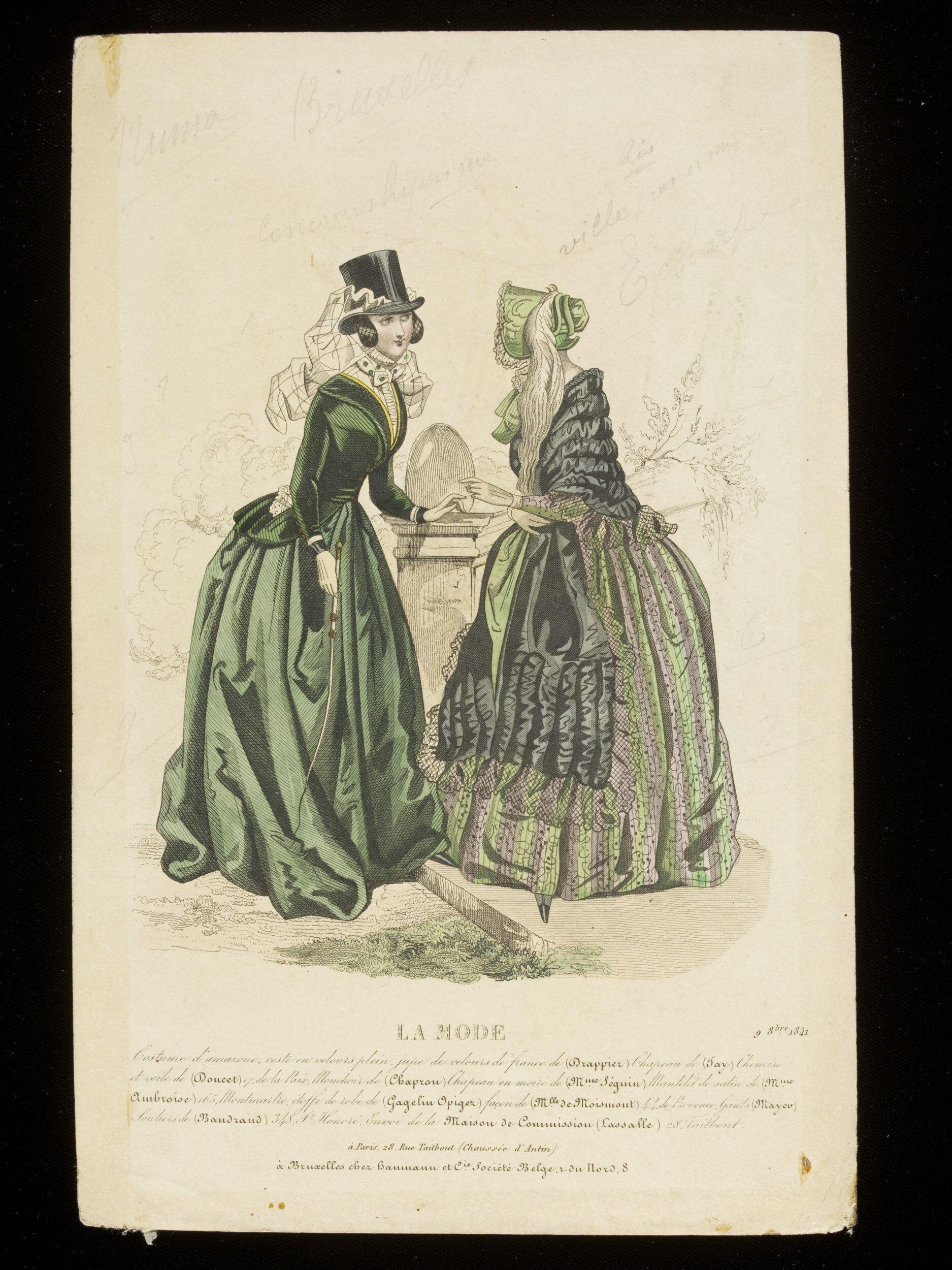
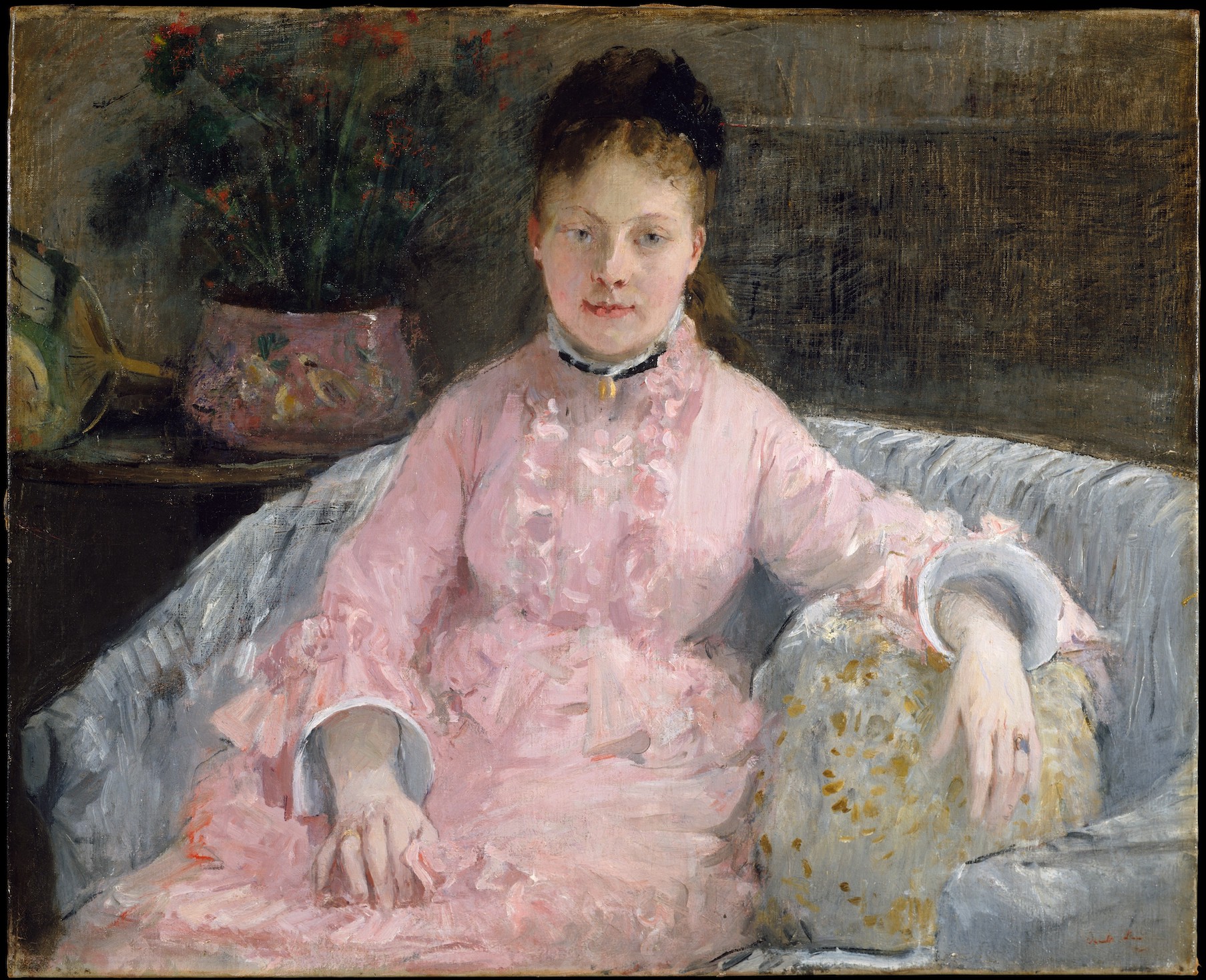
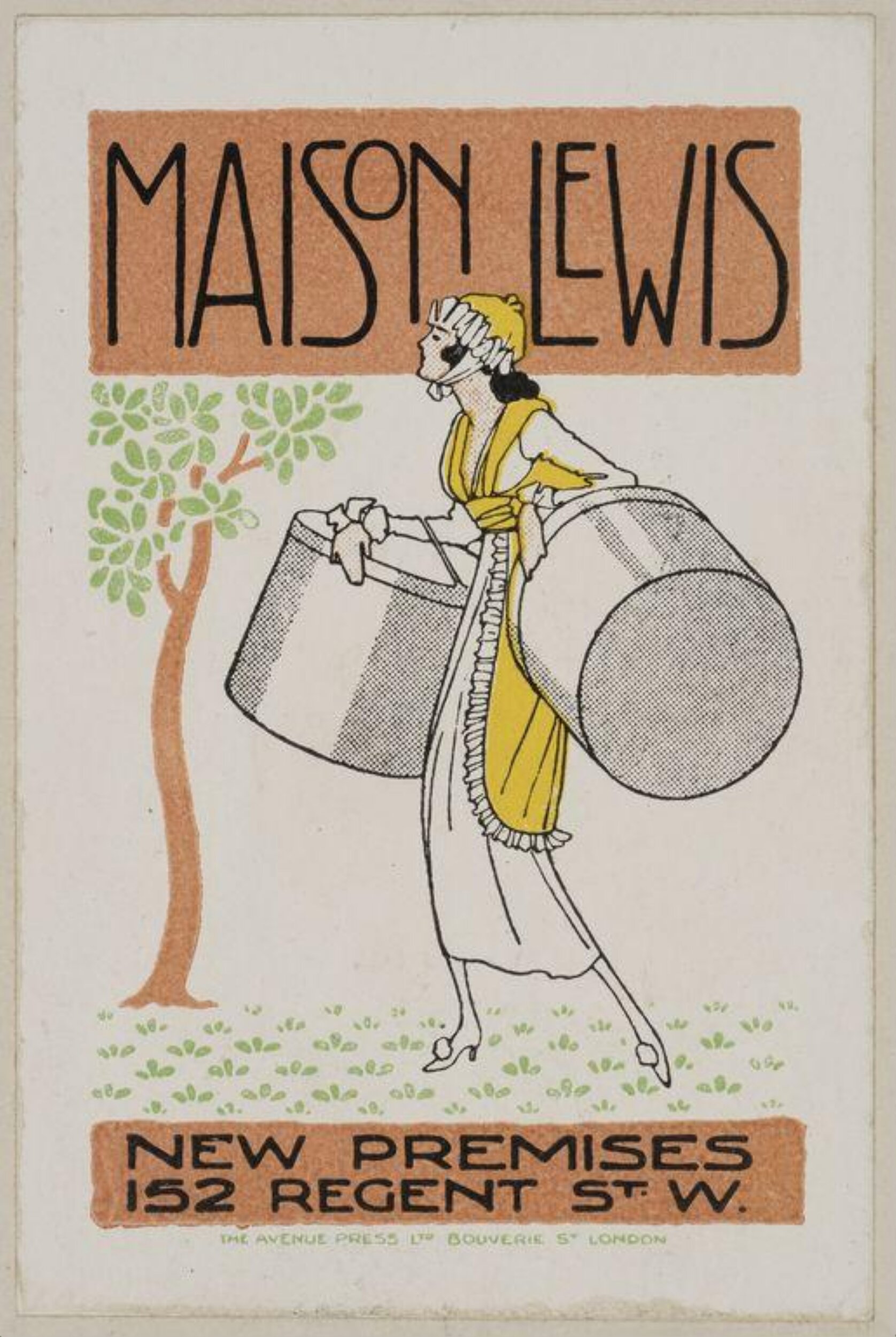
[…] at a jaunty angle, was one of the defining elements of what we know today as Edwardian style. The name comes from the opera, The Merry Widow, which debuted on Broadway in 1907, and more specifically its lead, Lily Elsie, a […]
Thank you for gathering the history of these interesting hat fashions. Anyone know what brought on the sometimes skin tight leggings craze that many of us see around the Country today 2023? Thanks.
Wow, I never knew hats could be so big! I love the 19th and early 20th centuries style, thanks for sharing!